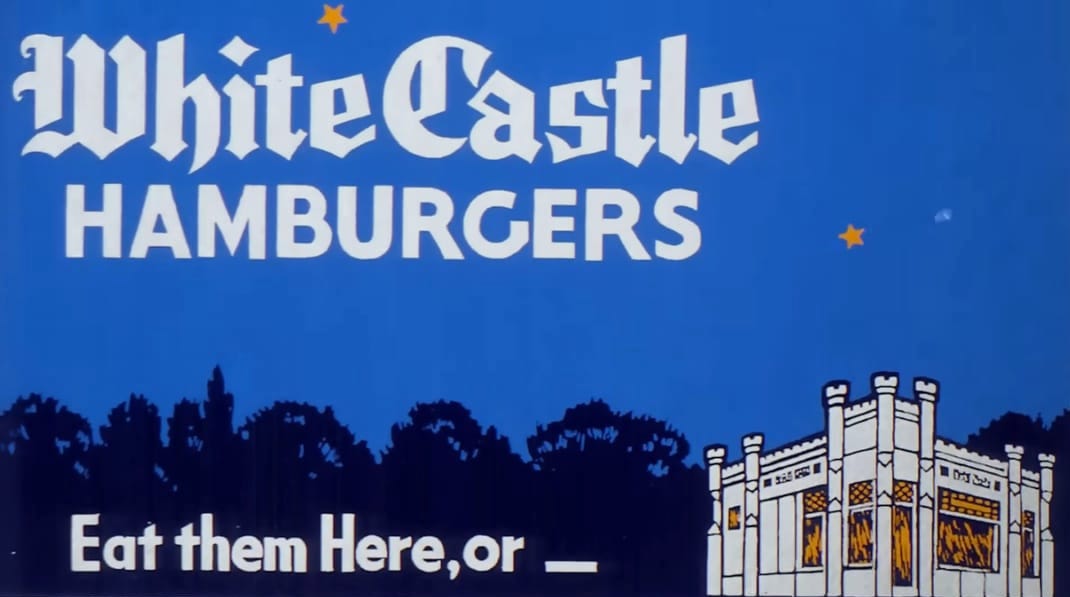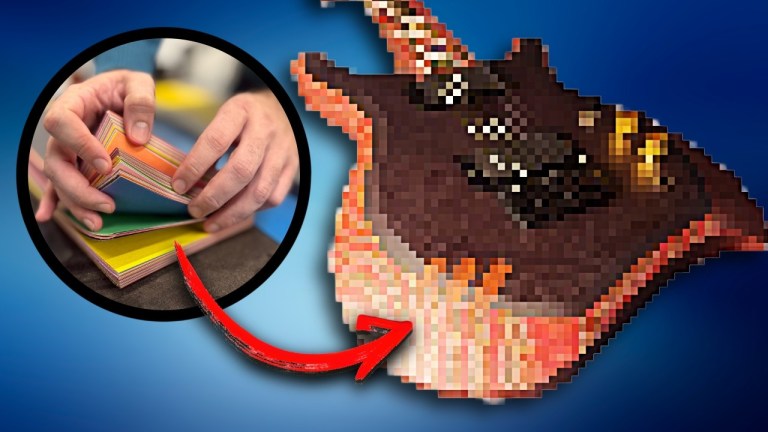The Innovative Origins of White Castle
Tom Blank of Weird History Food looks back at the humble yet innovative beginnings of White Castle in Wichita, Kansas, and the origins of their iconic Slider (Slyder) hamburger.
Weird History Food is taking you to White Castle to learn all about the history of the Slyder. Yes, we spelled that right. White Castle was the first fast-food franchise, so we will indeed buy ’em by the sack. From its humble beginnings in Kansas, to finding those delicious burgers at the grocery store, we’re covering the whole square patty.

White Castle opened in 1921 and modeled its appearance after the iconic Chicago water tower. The business soon took off, and the small restaurants could not accommodate everyone, so they employed trucks to sell their 5-cent sliders in individual branded boxes, an idea a White Castle employee put forth. They also began offering coupons as an early marketing technique.
While we’re on the topic of White Castle’s early innovations, it’s worth pointing out that they were the first fast food company to use newspapers to distribute coupons. The first White Castle coupon appeared in a St. Louis newspaper on June 3, 1932. It offered customers a carryout order of five hamburgers for a total of $0.10. And if you recall, their burgers cost $0.05 at the time. …by all accounts, the coupon was a massive success and brought in a slew of new accounts. But more importantly, it also changed restaurant industry marketing forever.
Blank also talks about the square shape of the burgers and why they have holes cut in them.
Well, originally, White Castle sliders were made by grilling small balls of ground beef and then topping them with diced bits of fresh onions. The balls were then smashed flat…and then they were flipped over. Finally, the finished slider was placed on a bun with a pickle. But that was then, and this is now. These days, the sliders …are now onion steamed, rather than fried. …Mostly because the steaming process allows the patties to cook faster. These patties…have small holes punched into them, which means they don’t need to be flipped.
He also explained how a chain primarily known for serving meat has become popular with those who don’t eat meat. It seems almost Impossible.
…way back in 2017, White Castle reached out to the good people at Impossible Foods and started developing a plant-based burger that vegans and vegetarians could sub in for the typical beef patties served on a White Castle slider. …the Impossible Slider is now available nationwide. There’s also a veggie slider made from soybeans, carrots, and peas, among other things, and it’s said to be pretty good.
In fact, in 2018, Casey Neistat and friends did a side-by-side taste test between a traditional white castle burger slider and an impossible slider. The results were mostly positive.






